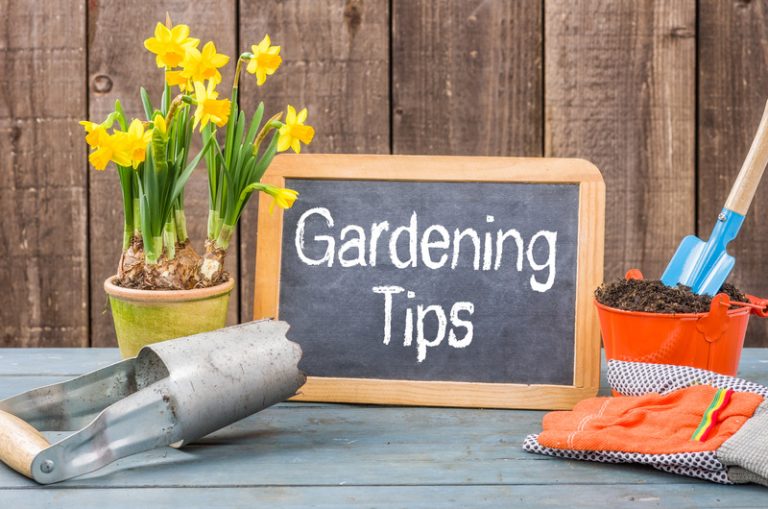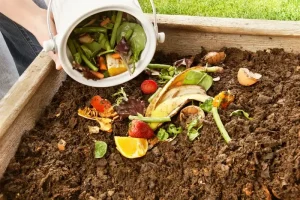Engaging in gardening provides more than just a pastime; it’s also an incredibly gratifying opportunity to relax and foster a deep connection with the natural world. Gardening is an enriching and ever-evolving journey, offering something new to learn for both seasoned gardeners and beginners alike. This comprehensive guide provides a wealth of gardening tips to help you transform your garden into a tranquil and stress-free oasis. From choosing the perfect plants to implementing cutting-edge techniques, we’ve got you covered.
Benefits of Gardening

Physical Health Benefits
Gardening offers numerous physical health benefits, including improved cardiovascular health, strength, and flexibility. Gardening can lower the likelihood of developing chronic diseases and enhance well-being. Digging, planting, and weeding are excellent forms of exercise that can improve muscle tone and endurance. Regular gardening can also help lower blood pressure and boost the immune system.
Mental Health Benefits
Engage in the soothing practice of gardening and experience the scientifically proven benefits of reduced stress, anxiety, and depression. Nurturing plants and spending time outdoors can improve your mood and provide a sense of accomplishment. The rhythmic and repetitive tasks associated with gardening can have a meditative effect, helping to clear the mind and enhance mental clarity.
Engaging in gardening is an excellent opportunity to cultivate mindfulness. One immerses oneself in the present moment and entirely focuses on the nurturing tasks. Spending time in natural light and fresh air can boost serotonin levels, enhancing our overall well-being and creating greater happiness.
Environmental Benefits
Gardening contributes to a healthier environment by improving air quality, conserving water, and providing habitats for wildlife. Sustainable gardening practices can make a significant impact on the environment. For example, planting trees and shrubs can sequester carbon dioxide, helping to mitigate climate change. Gardens play a crucial role as sanctuaries for vital pollinators such as bees and butterflies, essential for preserving the rich tapestry of biodiversity.
Choosing the Right Plants
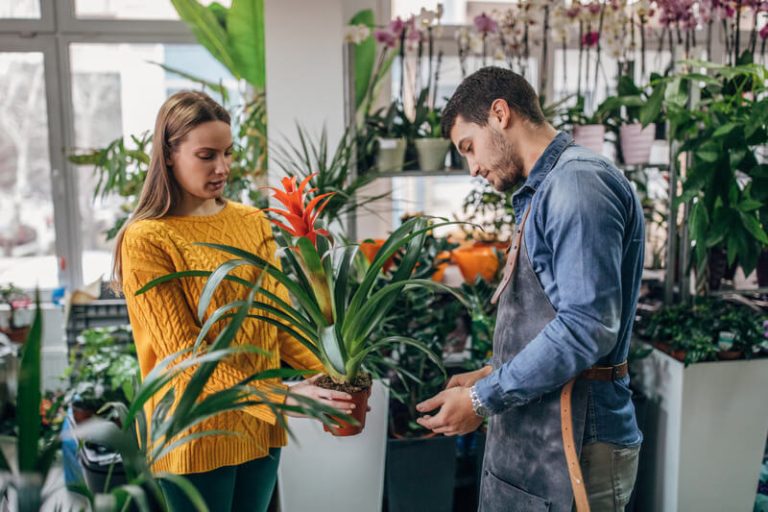
Native Plants
Selecting native plants is crucial for a low-maintenance garden. Native plants are well-suited to the specific conditions of their local environment, including the climate and soil. As a result, they require less maintenance and are naturally more resilient against pests and diseases. They typically require less water and fewer fertilizers, reducing your garden’s environmental impact. Additionally, native plants provide essential resources for local wildlife, supporting a balanced ecosystem.
Perennial Plants
Perennials come back year after year, reducing the need for replanting. They are an excellent choice for a garden that provides continuous beauty with less effort. Some popular perennials include lavender, hostas, and daylilies, which offer vibrant colors and textures. Combining a wide range of perennial plants allows you to design a vibrant and constantly transforming garden scenery that adapts and develops with the changing seasons.
Seasonal Plants
Incorporate a mix of seasonal plants to ensure your garden remains vibrant throughout the year. Understanding the blooming cycles of different plants can help you plan a garden that always has something in bloom. For instance, spring bulbs like tulips and daffodils can provide early color, while summer annuals such as marigolds and petunias offer mid-season brightness. Fall-blooming asters and chrysanthemums can extend the garden’s visual appeal into the cooler months.
Soil Preparation
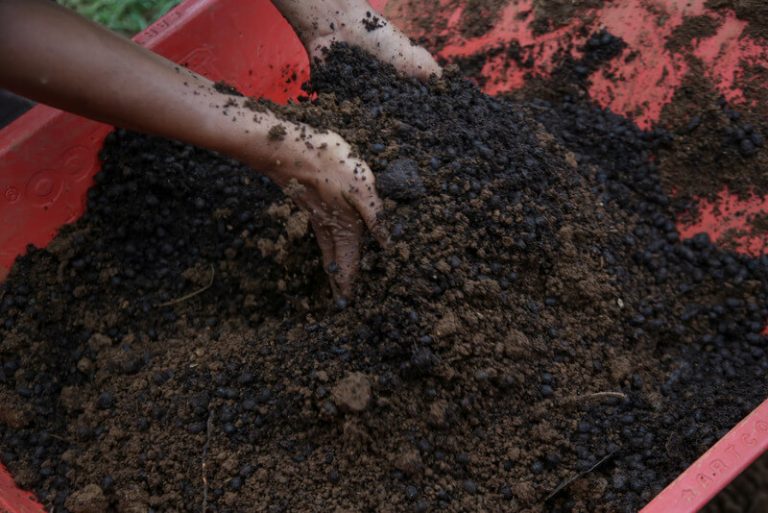
Testing Soil Quality
Before beginning the planting process, conducting a soil test to evaluate the soil’s pH level and nutrient composition is essential. This analysis will enable you to select suitable plants and make necessary amendments to enhance the soil’s health. Soil tests can identify deficiencies in essential nutrients like nitrogen, phosphorus, and potassium, allowing you to address them effectively. Adjusting the soil pH to match your chosen plants’ needs can also enhance their growth and vitality.
Adding Compost
Compost improves soil structure, adds nutrients, and helps retain moisture. Regularly incorporating compost into your garden fosters an environment conducive to the thriving growth of robust plants, thereby reducing the dependency on chemical fertilizers.
By decomposing organic materials like leftover food and garden debris, you can produce a nutrient-rich, deep-brown humus that enhances the quality of the soil. This process recycles waste and fosters beneficial microbial activity, improving soil fertility.
Mulching
Mulching is a beneficial gardening practice that serves multiple purposes. It helps conserve moisture in the soil, inhibits weed growth, and stabilizes soil temperature.
Additionally, organic mulches such as wooden chips or straw gradually decompose, enriching the soil with essential nutrients as they break down. Applying mulch around plants can reduce evaporation, keeping roots moist during hot weather.
Say goodbye to endless weeding and harmful chemicals! Our solution is a powerful barrier against weed growth so that you can enjoy a low-maintenance and eco-friendly environment. Over time, mulches decompose, further enriching the soil.
Watering Techniques
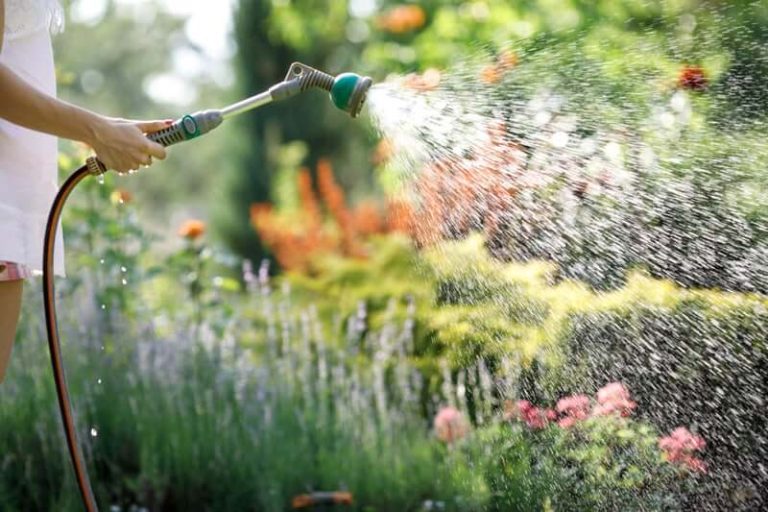
Drip Irrigation
Drip irrigation systems carefully engineer water delivery directly to the roots of plants, using specialized tubing and emitters to minimize water wastage and ensure that plants receive just an adequate amount of hydration. These systems play a crucial role in areas prone to drought. You can customize these watering systems to suit the specific requirements of various types of plants, guaranteeing that each plant gets the exact amount of water it needs. Additionally, this watering method helps reduce the risk of fungal diseases by keeping the plant foliage dry.
Rainwater Harvesting
Gathering rainwater in large barrels or sturdy containers is an environmentally conscious method of nourishing your garden, reducing reliance on traditional water sources, and promoting sustainability. Rainwater is free of chemicals found in tap water, making it better for your plants. Setting up a rainwater harvesting system allows for a reduction in dependence on city water sources and a decrease in water expenses. Using stored rainwater during dry spells ensures your garden remains hydrated and healthy.
Watering Schedules
Establishing a regular watering schedule that considers your plants’ specific requirements and the climate in your area is essential. Overwatering and underwatering can harm your plants, so finding the right balance is crucial. Providing deep watering sessions less often promotes the development of deep root systems in plants, which makes them better equipped to withstand dry periods. Watering in the early morning or late evening can also help reduce evaporation, ensuring that more water can reach the roots of plants.
Pest Control
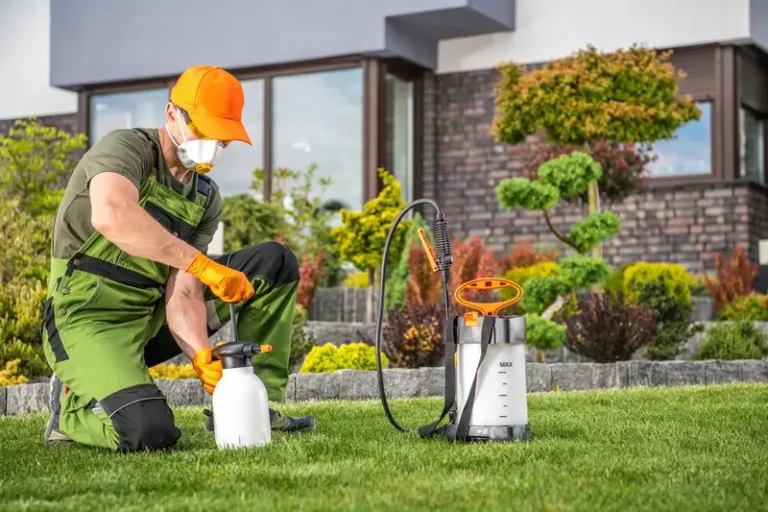
Natural Predators
You can effectively manage pest populations in your garden by attracting natural predators like ladybugs and birds. Various plants can also draw beneficial insects, contributing to a healthier garden ecosystem. For example, ladybugs feed on aphids, while birds consume caterpillars and other pests. Creating a habitat that supports these predators can decrease the reliance on harmful chemical pesticides and promote a more harmonious and stable ecosystem.
Organic Pesticides
Use organic pesticides to manage pest problems without harming beneficial insects or the environment. Neem oil and insecticidal soap are practical options for organic pest control. These products are biodegradable and pose minimal risk to non-target organisms. Regular monitoring and early intervention can prevent pest outbreaks and protect your plants from significant damage.
Companion Planting
Companion planting involves growing plants that benefit each other. Certain plants can repel pests or attract pollinators, helping to maintain a healthy garden ecosystem. For instance, marigolds can deter nematodes, while basil planted near tomatoes can repel tomato hornworms. Strategic plant pairings can enhance growth, improve soil health, and reduce pest problems.
Gardening Tools
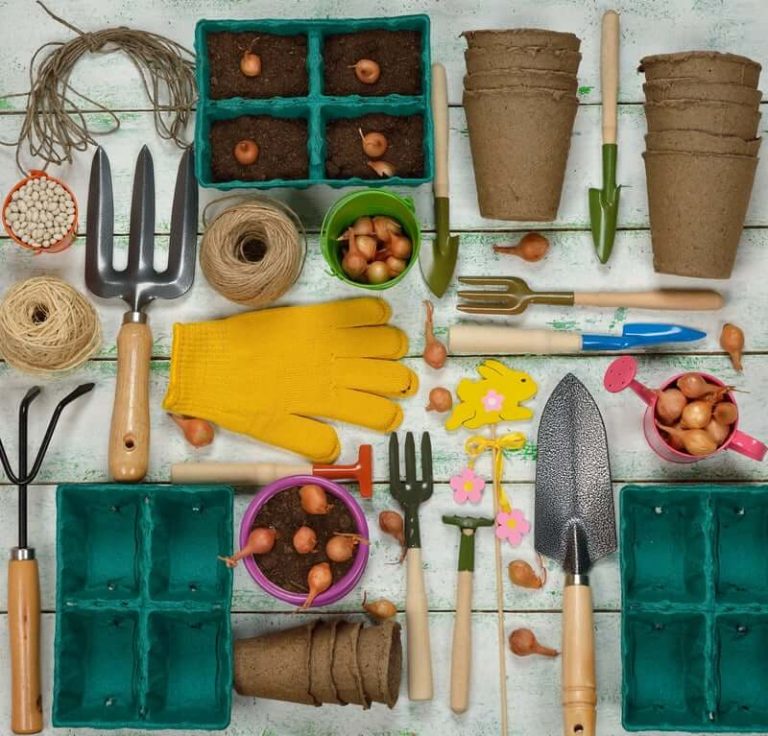
Essential Tools
Invest in high-quality gardening tools like pruners, trowels, and watering cans. Quality tools can make gardening tasks easier and more enjoyable. Durable tools are less likely to break, reducing frustration and downtime. Ergonomically designed tools can also reduce physical strain, making gardening accessible and comfortable for people of all ages.
Tool Maintenance
Clean and sharpen your gardening tools regularly to increase lifespan and ensure they perform optimally. Regular maintenance will help your tools stay in top condition and make your gardening tasks more accessible and efficient. Proper maintenance can reduce the spread of disease in your garden. Cleaning tools remove soil and sap that can harbor pathogens after each use. Sharpening blades ensures clean cuts, reducing plant stress and promoting healthy growth.
Innovative Tools
Explore innovative gardening tools, like ergonomic handles and multi-purpose gadgets, to enhance your gardening experience and reduce physical strain. Tools with cushioned grips and lightweight materials can minimize hand and wrist fatigue. Multi-functional tools that combine several functions, such as a hoe and a rake, can save space and streamline gardening tasks.
Garden Design
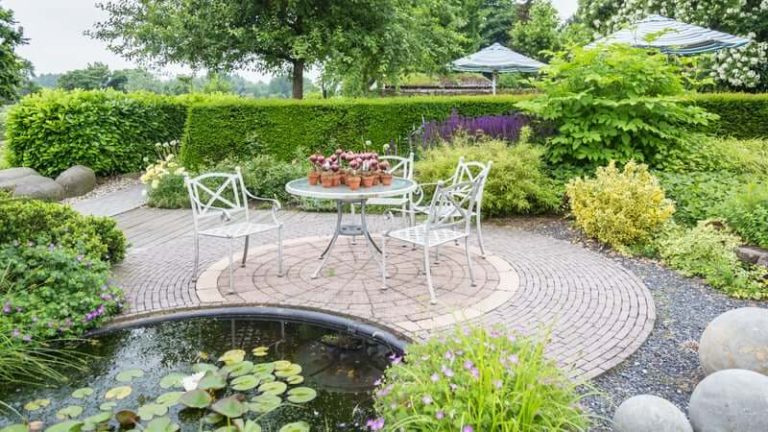
Creating a Layout
Plan your garden layout to maximize space and aesthetic appeal. Consider plants’ growth habits and the amount of sunlight each area receives. Grouping plants with identical water and light requirements can simplify maintenance. Incorporating raised beds and vertical gardening techniques can optimize space and add visual interest.
Adding Pathways
Pathways can make your garden more accessible and visually appealing. Use gravel, stone, or mulch to create functional and attractive paths. Beautifully planned pathways can gracefully lead visitors through your garden, showcasing important attractions and establishing a feeling of structure. They also reduce soil compaction by directing foot traffic away from planting areas.
Incorporating Water Features
Adding water features such as elegant fountains or tranquil ponds can give your garden a calming and serene ambiance. The sound of flowing water can enhance the relaxing atmosphere of your outdoor space.
By incorporating watering features into your garden, you can create a welcoming habitat for a wide range of wildlife, including birds and frogs. These additions can significantly enhance the biodiversity of your garden and enrich your outdoor space with the sights and sounds of nature. Properly maintained, these elements can become focal points that improve the overall aesthetic peace of your garden.
Sustainable Gardening Practices
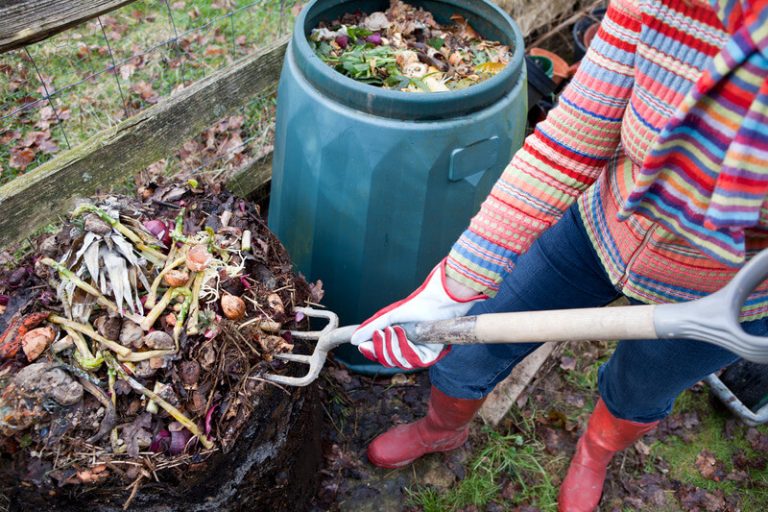
Composting
Consider starting a compost bin as a sustainable way to recycle kitchen scraps, such as fruit and vegetable peelings and garden waste. This environmentally friendly practice can help reduce the organic waste in landfills while creating nutrient-rich compost for your garden.
Composting reduces waste and creates nutrient-rich soil for your garden. By diverting organic matter from landfills, composting helps reduce greenhouse gas emissions. The finished compost can be used as a natural fertilizer, enhancing soil structure and fertility without synthetic chemicals.
Water Conservation
To decrease your garden’s water consumption, consider implementing water-conservation methods, such as drip irrigation and rainwater harvesting. Choose drought-tolerant plants to conserve water further. Xeriscaping, or landscaping with drought-resistant plants, can create a beautiful garden that thrives with minimal irrigation. Mulching and soil amendments can also improve water retention, reducing the need for frequent watering.
Organic Gardening
Avoid synthetic fertilizers and pesticides. Apply organic methods to improve soil health and control pests, promoting a more sustainable garden ecosystem. Organic gardening builds healthy soil through natural amendments, crop rotation, and composting. It also emphasizes the use of beneficial insects and biological controls to manage pests, reducing the environmental impact of your garden.
Seasonal Gardening Tips

Spring
Spring is the time to prepare your garden for the growing season. Start seeds indoors, clean up garden beds, and add compost to the soil. Pruning and dividing perennials can also be done in early spring to encourage healthy growth. Gradually acclimate seedlings to outdoor conditions as temperatures rise before transplanting them into the garden.
Summer
Keep an eye on watering needs during the hot summer months. Mulch helps retain moisture and shield plants from heat stress by adding a layer around the plant base. Regularly check for pests and diseases, as warm weather can exacerbate these issues. Deadheading spent flowers and harvesting produce promptly can encourage continued blooming and production.
Fall
Harvest late-season crops and prepare your garden for winter. Plant cover crops and add mulch to protect the soil. Fall is also a great time to plant bulbs for spring blooms and to divide and transplant perennials. Cleaning up fallen leaves and debris can prevent overwintering pests and diseases.
Winter
Use the winter months to plan for the upcoming season. Prune dormant plants and order seeds for spring planting. Winter is an ideal time to clean and organize gardening tools, ensuring they are ready for the next growing season. Indoor gardening projects, such as growing herbs on windowsills, can keep your green thumb active during the colder months.
Indoor Gardening
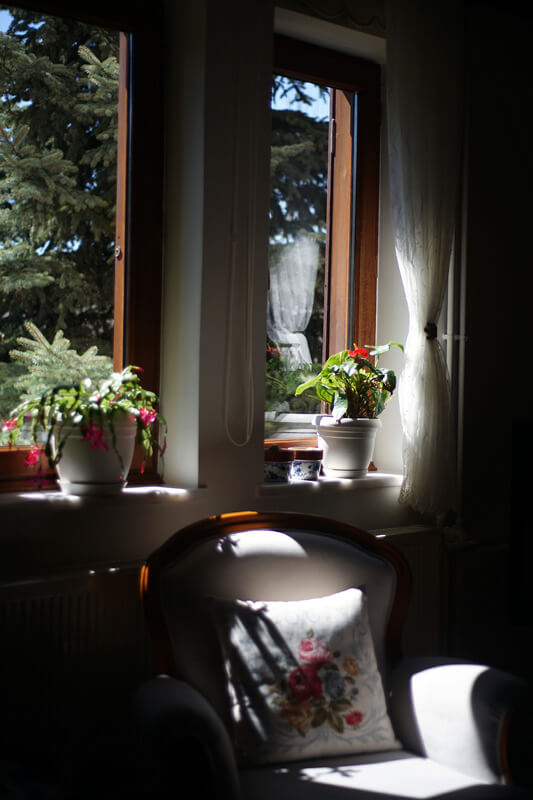
Choosing Indoor Plants
Choose indoor plants that can grow in low-light environments and need little maintenance. Popular options include snake plants, pothos, and succulents. These plants are visually appealing and improve indoor air quality by filtering toxins. Consider each plant’s specific light and humidity needs to ensure they flourish in your home environment.
Creating an Indoor Garden
Use containers and shelves to maximize space for your indoor garden. Ensure your plants receive adequate light and water. Provide sufficient natural light for your plants, and consider using grow lights during the shorter winter days. Organize your plants based on their care needs to make maintenance more accessible and to create visually appealing groupings.
Benefits of Indoor Gardening
Indoor gardening can improve air quality, enhance living space, and provide a year-round gardening experience. Houseplants can also boost mood and productivity, making them ideal for home offices and living areas. Caring for indoor plants can be therapeutic, offering a sense of connection to nature, even in urban settings.
Gardening for Wellness

Mindfulness and Gardening
Practicing mindfulness while gardening can enhance its relaxing effects. Focus on the sensory experiences of gardening, such as the smell of soil and the texture of leaves. Engaging fully in the present moment can reduce stress and increase enjoyment. Mindful gardening encourages a deeper appreciation of nature and the cycles of growth and renewal.
Gardening as Exercise
Participating in gardening activities like planting, weeding, and watering can offer a delightful and healthful way to remain physically active. Tasks such as digging, planting, and weeding provide a comprehensive full-body workout, contributing to overall physical well-being. Regular gardening can improve strength, flexibility, and endurance, contributing to overall fitness. This low-impact activity is appropriate for individuals of any fitness level and can be adapted to accommodate different needs, making it accessible to many.
Social Benefits of Gardening
Engaging in gardening can be a communal experience, offering chances to bond with neighbors and engage in local gardening initiatives like community gardens. Sharing gardening tips, plants, and produce fosters community and collaboration. Community gardens can also offer educational opportunities, teaching sustainable practices and promoting environmental stewardship.
Creating a Garden Sanctuary

Designing a Peaceful Space
Design your garden to be a sanctuary where you can relax and unwind. Incorporate comfortable seating, shaded areas, and calming elements like wind chimes. Use plants with soothing colors and fragrances to create a tranquil atmosphere. Features like pergolas, trellises, and arbors can provide privacy and define outdoor “rooms” for relaxation.
Adding Personal Touches
Personalize your garden with decorations, like sculptures or birdhouses. Your garden should reflect your personality and interests. Handcrafted items, vintage finds, and family heirlooms can add character and charm. Incorporating elements that hold personal significance can make your garden an extraordinary place.
Wildlife-Friendly Gardens
Create a garden that supports local wildlife by providing food, water, and shelter. Plant native species and avoid using harmful chemicals. Bird feeders, bee hotels, and butterfly gardens can attract and sustain various species. A diverse garden that welcomes wildlife enhances biodiversity and creates a dynamic, living landscape.
FAQ
How do I start a garden as a beginner?
Starting a garden as a beginner involves choosing the ideal location, preparing the soil, and selecting easy-to-grow plants. Begin with a small, manageable space and gradually expand as you gain experience. It’s important to research the specific needs of the plants you choose, including their light, water, and soil requirements.
What are the best low-maintenance plants for a stress-free garden?
A selection of low-maintenance plants that are easy to care for includes succulents, perennials such as lavender and hostas, and native plants specifically adapted to thrive in your local climate. These plants typically require less water and little care, making them ideal for busy gardeners. By blending a diverse selection of these plants, you can cultivate a stunning garden that flourishes with little maintenance.
How often should I water my garden?
The watering frequency depends on the plant’s nature, soil conditions, and climate. Generally, it’s better to water deeply and less frequently to encourage strong root growth. Attention to your plants’ specific water requirements is essential to prevent problems such as root rot. The soil moisture meter can be a valuable aid in accurately gauging when to water your plants.
What are the benefits of composting in gardening?
Composting provides nutrient-rich soil, reduces waste, and improves soil structure. It helps retain moisture and supports healthy plant growth. Composting also diminishes the need for chemical fertilizers, promoting a more sustainable gardening practice. By recycling organic matter, composting contributes to a closed-loop system that benefits the garden and the environment.
How can I make my garden more sustainable?
To make your garden more sustainable, use organic gardening practices, conserve water, compost, and choose native or drought-tolerant plants. Avoid synthetic fertilizers and pesticides. Companion planting and crop rotation techniques enhance soil health and reduce pest problems.
Adopting sustainable gardening methods not only helps create a healthier environment but also develops a more robust and enduring garden.
What are some common gardening mistakes to avoid?
Common gardening mistakes often include giving plants too much water, choosing inappropriate planting locations, neglecting to prepare the soil properly, and failing to keep up with daily maintenance tasks such as pruning and weeding. Choosing plants unsuitable for your climate or soil can also lead to poor growth. Educating yourself on the specific needs of your plants and paying attention to garden conditions can help you avoid these pitfalls.
Conclusion
Gardening is a fulfilling and therapeutic activity that offers numerous physical, mental, and environmental benefits. Following these ultimate gardening tips, you can create a beautiful, relaxing, stress-free garden that provides joy and tranquility year-round. Whether you’re a novice or an experienced gardener, there’s always something new to discover and enjoy in gardening.

